Iwasa Checkpoint Trail
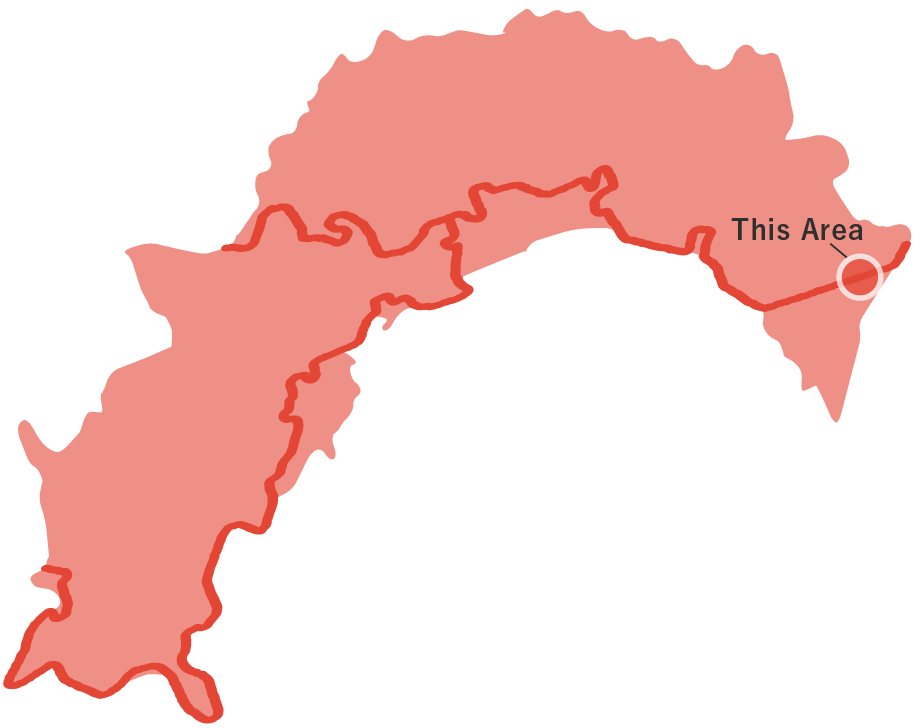
Iwasa Checkpoint Trail
This route covers the eastern half of the Noneyama Highway, which was once used for sankin-kotai (travel for alternate attendance) by feudal lords. The 16.8 km mountainous course stretches from Toyo Town to Kitagawa Village and is one of Kochi Prefecture's most challenging trails. The towering cedar trees, planted in the late Edo period, lend both history and nature's strength to the journey. However, the relentless uphill climb to the Iwasa Checkpoint Ruins will test any hiker's endurance. As there are no exit points until reaching the radio relay station on the next route, the "Yadoyasugi Trail," careful planning is highly recommended. This trail offers a formidable challenge for good hikers.
Iwasa Checkpoint Trail(16.8km)

 Spots to photograph
Spots to photograph
If you wish to receive a certificate, please take a photo that includes yourself at the designated photo point for each course.
Nearby sightseeing spots

-
1
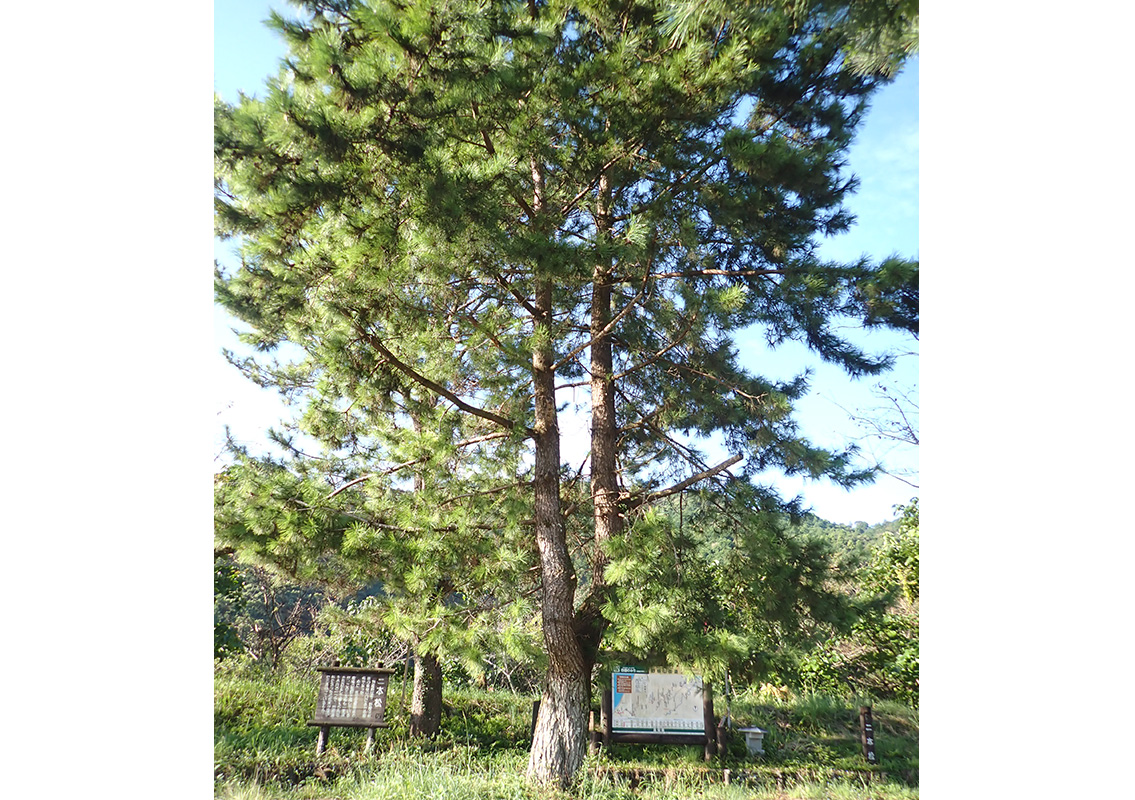 Nihonmatsu
NihonmatsuNone was a relay station at the eastern entrance to the Noneyama Highway. This pair of pine trees was planted as a milestone marker, but unfortunately, one has since withered away.
-
2
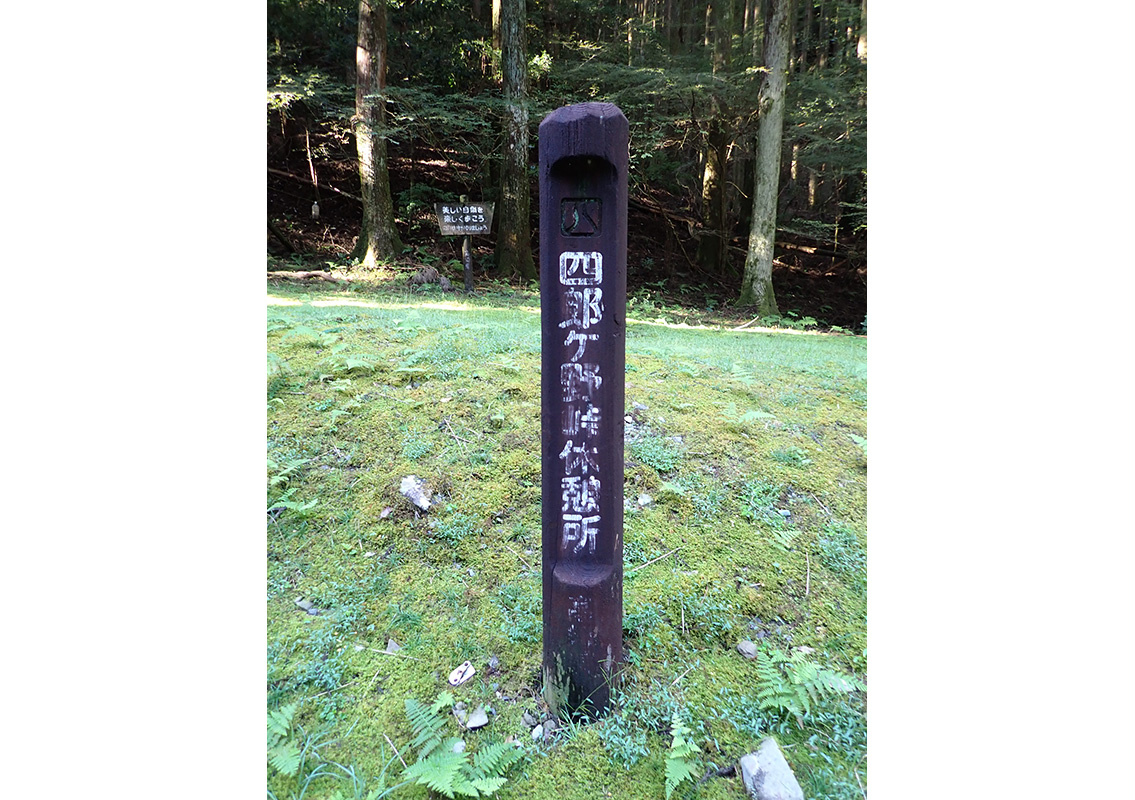 Shirougane Pass
Shirougane PassShigougane Pass marks the trailhead on the None side and intersects with National Route 493. Note that the correct pronunciation is Shirougane, not Shirogaya.
-
3
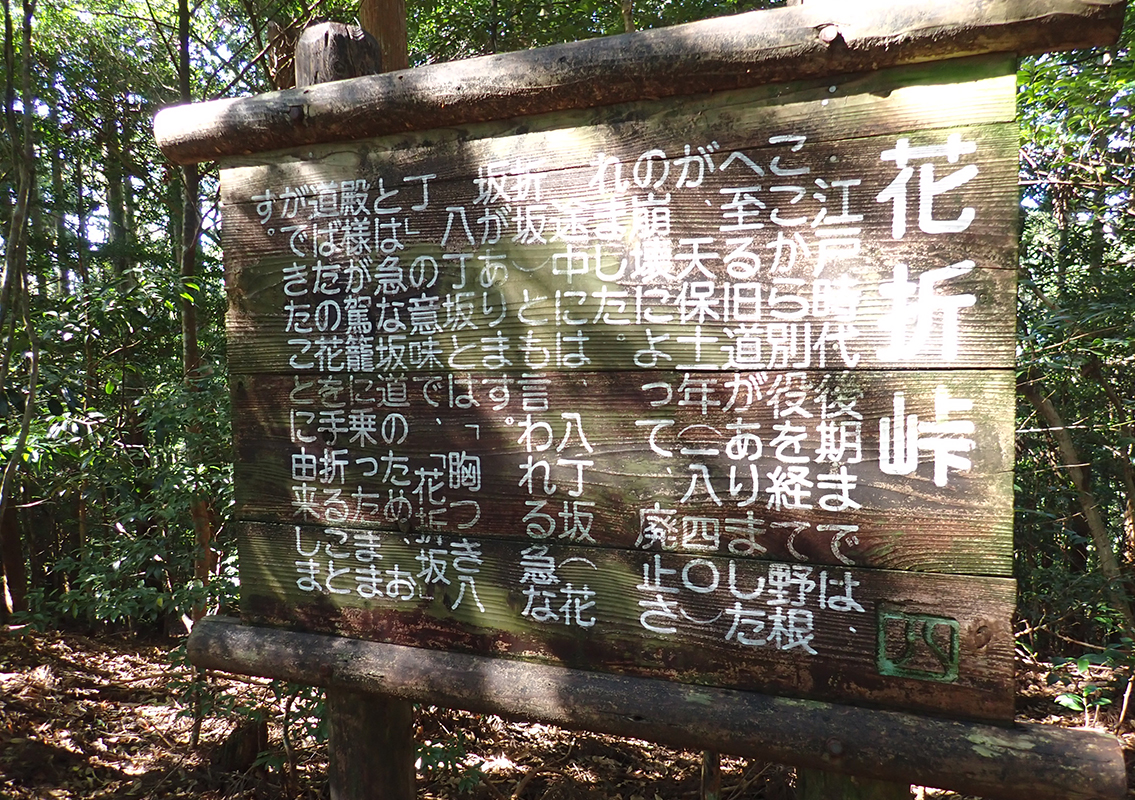 Hanaore Pass
Hanaore PassUntil the late Edo period, an old road passed through Becchaku before reaching None, but landslides such as the "Goda no Kuzure" led to the creation of the current path. The pass is said to have gotten its name (Hanaori meaning "flower picking,") because feudal lords in their palanquins could reach out and pick flowers on their sankin-kotai (travel for alternate attendance) journey due to the steepness of the slope.
-
4
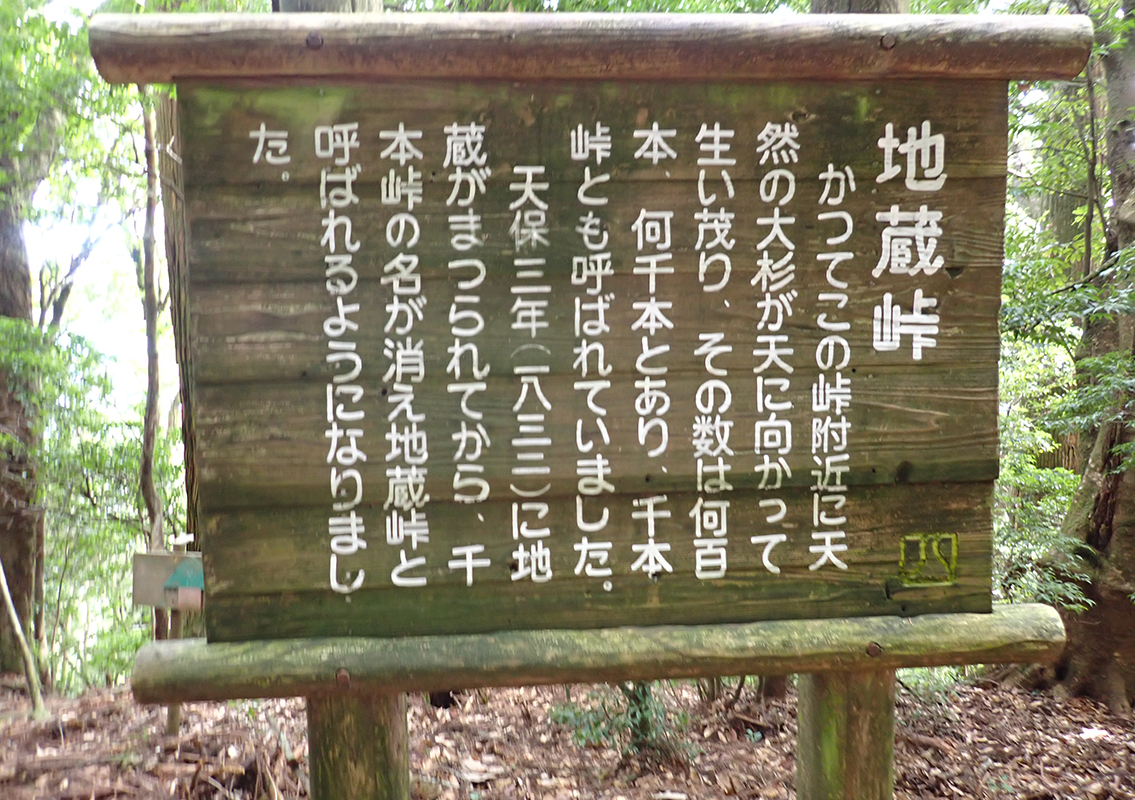 Jizo Pass
Jizo PassThe pass was once covered with thousands of naturally grown giant cedar trees and was known as Senbon Pass (Thousand-Tree Pass). However, after a Jizo statue was enshrined here in 1832, it became known as Jizo Pass instead.
-
5
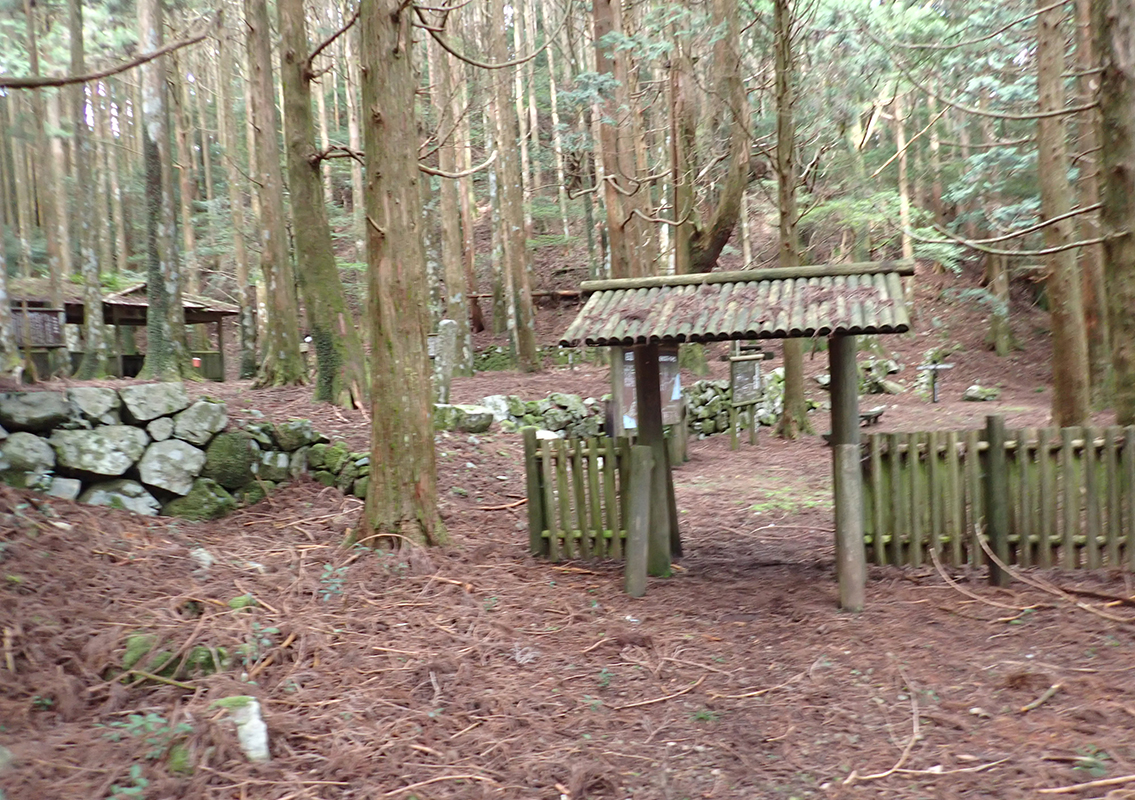 Iwasa Checkpoint Ruins
Iwasa Checkpoint RuinsThis site was once the checkpoint village of Iwasa. On the upper level, the ruins of a palace remain, while behind it lies the family cemetery of the checkpoint officials, the Kinoshita Family. The lower level contains the remnants of samurai residences, and in the valley, a spring known as Iwasa no Shimizu, associated with Emperor Tsuchimikado, still flows.



